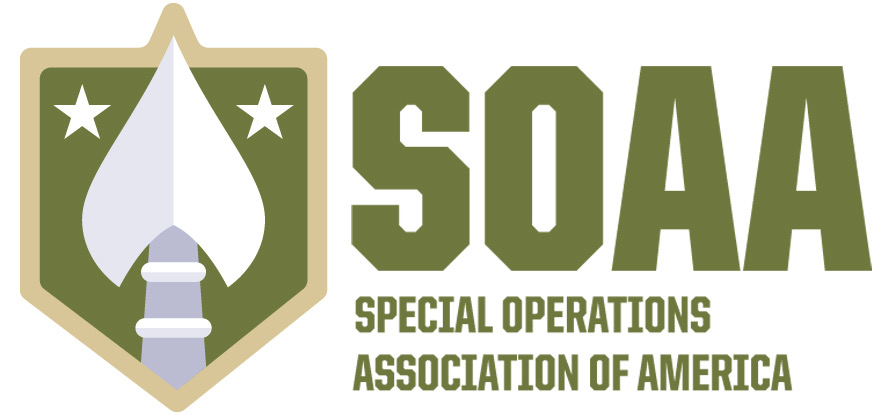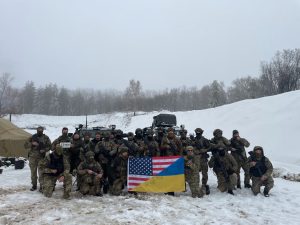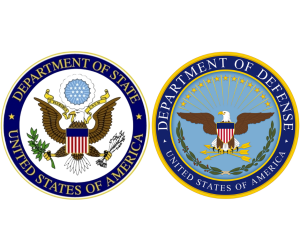Congress authorizes less than one-half of one percent of the intelligence budget for Open Source Intelligence, or OSINT, while OSINT makes up more than twenty percent of the President’s Daily Budget. Last week, the House Permanent Select Committee on Intelligence established a subcommittee on Open Source Intelligence, signaling a greater priority given to the intelligence discipline as old as the Bible and popularized by Wild Bill Donovan in World War II by the Office of Strategic Services, or OSS. Today, publicly available information includes commercial data such as satellite imagery, net flow data, breach data, information from the dark web, and mobile advertising identification – all available either for free or through purchase if you know where to look. This information and data isn’t just available to the United States and its allies, it’s open to anyone with an internet connection and a few dollars, rubles, yuan, or bitcoin in their preverbal wallet – that presents a threat.
In 1947, Allen Dulles, fresh from his work as the Director of the OSS, testified in front of the Senate Armed Services Committee:
“A proper analysis of the intelligence obtainable by these overt, normal, and aboveboard means would supply us with over 80 percent, I should estimate, of the information required for the guidance of our national policy.”
In other words, 80 percent of the intelligence produced comes from public sources, or what is referred to as publicly available information, or PAI. The percentage of intelligence gleaned from PAI is more likely to be in the ninetieth percentile and will grow. With more than 402 terabytes of data created online each day, the amount of Open Source Intelligence produced surely engulfs ‘exquisite’ collection capabilities, and if it doesn’t, it should.
This new subcommittee has their work cut out for them. Examining not only how the United States intelligence community and Department of Defense uses and produces OSINT, but also how to mitigate our adversaries from exploiting public information we willingly or unwittingly publish online. Allegations of US service members being targeted on US soil, Houthis targeting commercial vessels using data bought online, and fentanyl flows from the Chinese pre-cursors to cartel members to pockets in the United States are just a few examples of how OSINT has been used to illuminate illicit networks or target United States assets or interests.
Just like the days of Wild Bill Donovan and the OSS, the private sector is fulfilling an outsized role in competition with both state and non-state actors. Developing the tools used in collection and analysis along with the talent, access, and placement will be instrumental as the military and intelligence community is currently refocusing under a new Administration. The previous Director of National Intelligence, Avril Haines, knew that, and stated in an August 2024 speech,
“We know that the private sector increasingly possesses certain unique and specialized talent, knowledge, and capabilities, in key fields of critical importance to national security, that we don’t have access to in the government – skills, knowledge, and capabilities that we need access to if we are to succeed in addressing the increasingly complex and varied threat landscape that we face today.”
As of this writing, not much has been said by the current Director of National Intelligence, Tulsi Gabbard, who was just sworn in last week. John Ratcliffe, Director of the CIA, leaned heavily into the private sector expertise during written testimony. There is more to come on how the Trump Administration’s intelligence community will integrate industry partners into the Executive Branch, but there is a clear favoritism to disruptors.
Increased funding and attention to OSINT is what this intelligence discipline deserves. The establishment of the OSINT Sub-Committee follows a spate of strategies dedicated to OSINT from the Department of Defense and Defense Intelligence Agency, the Army, and the Office of the Director of National Intelligence. All of these efforts and initiatives reflect an evolving landscape of irregular warfare and the intelligence collection that comes with it.
By: David Cook
Executive Director, SOAA





